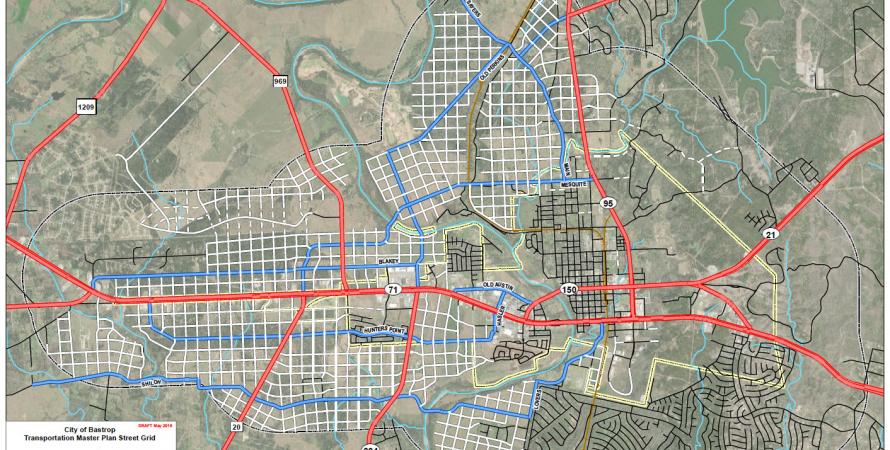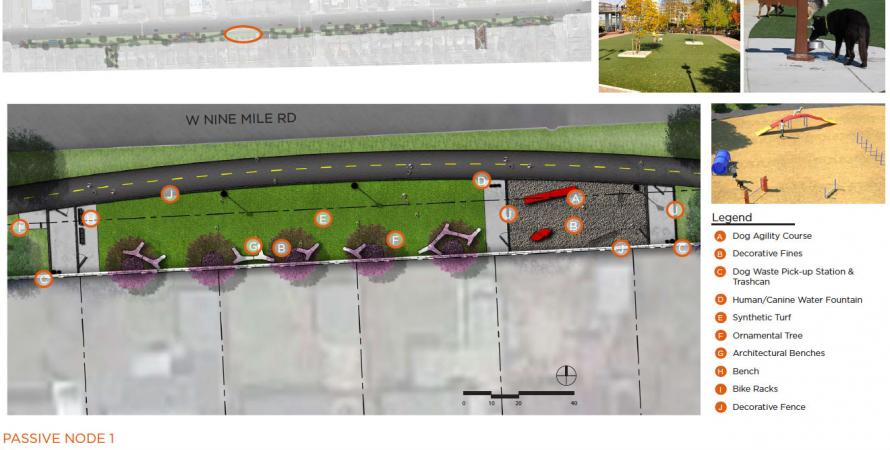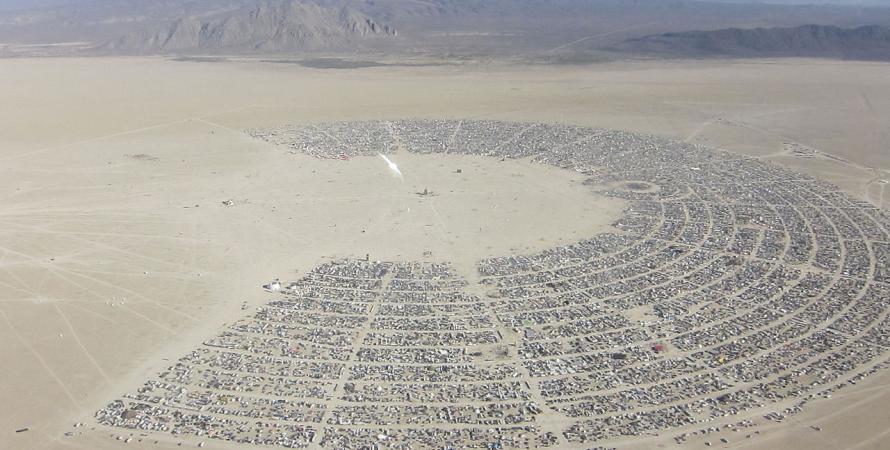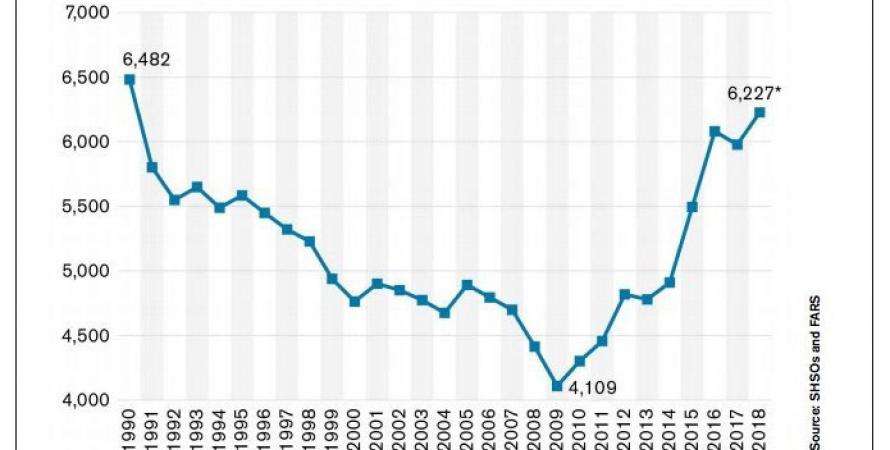-

Texas city adopts street grid and code
New, lean code deals with flooding issues and fiscal sustainability for fast-growing historic city in the Austin area.Bastrop, Texas, adopted new, groundbreaking land-use regulations in November that address flooding and establish a street grid as a framework for growth—one of the first cities in the US to do so since the middle of the 20 th Century. The Bastrop Building Block (B3) code is the result of the...Read more -

Road diet creates people-oriented corridor for suburb
The city of Oak Park has the density—it needs placemaking, and that is why an automobile-oriented corridor is being transformed with a linear greenway and complete street.A quintessential first-ring suburb, Oak Park, Michigan, was the nation’s fastest-growing city in the 1950s. The city bordering on Detroit has nearly 30,000 residents—at 5,700 people per square mile it is substantially denser than Portland, Oregon. Yet Oak Park has no walkable downtown or even a...Read more -

An international vision for cities, inspired by Burning Man
Street grids hold special power to solve problems of massive urbanization, according to Nobel Prize winning economist Paul Romer.Paul Romer, the 2018 Nobel Prize winner for economics, has been thinking about how to accommodate 2.3 billion people who are projected to migrate to cities in developing parts of the world by 2050. He has proposed that functional Democracies should administer what he calls “ charter cities ” to...Read more -

The troubling rise in pedestrian deaths
We have made cars safer, but we still are reluctant to make streets safer.The steady rise in pedestrian deaths since 2009 has raised considerable alarm, and the latest data puts the 2018 pedestrian fatality rate near the 1990 peak. Nobody has a definitive answer for why this is occurring. “Analysts have speculated that the increase in SUV sales , as well as the growing...Read more